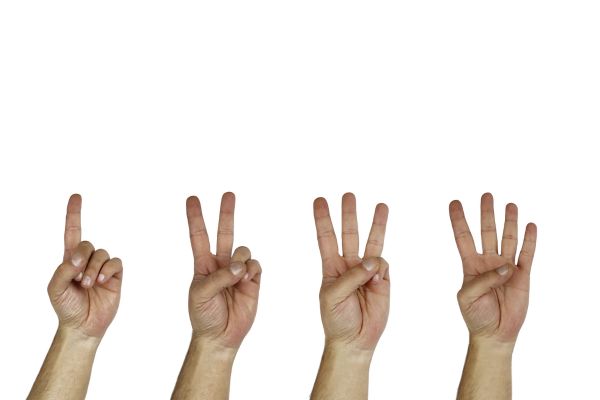Polyethylene terephthalate or PET (also abbreviated to PETE sometimes) is the most commonly produced plastic. You might recognize it as plastic number #1 in the plastic resin code, a number 1 in the chasing arrows. PET is a polyester thermoplastic. It was invented in 1940 by chemists at the DuPont company and is made by polymerization of ethylene glycol and terephthalic acid.
Learn more in What is Plastic.
Quick Navigation
What is PET?
Polyethylene terephthalate has many properties that make it an extremely useful material. It is ubiquitous in our day-to-day lives. You will likely have already been in contact with PET plastic many times during your day.
The first picture that comes to mind when you mention PET is a plastic water bottle; however, interestingly, most PET in the world is found in clothing. The fabric referred to as polyester is the same stuff that goes into plastic bottles.
The difference between the two items is the way the polyethylene terephthalate is prepared. To make bottles or other rigid containers, the plastic is heated and then injected into bottle-shaped molds. In contrast, polyester fibers are made by melting plastic and forcing it through tiny holes to produce the fibers.
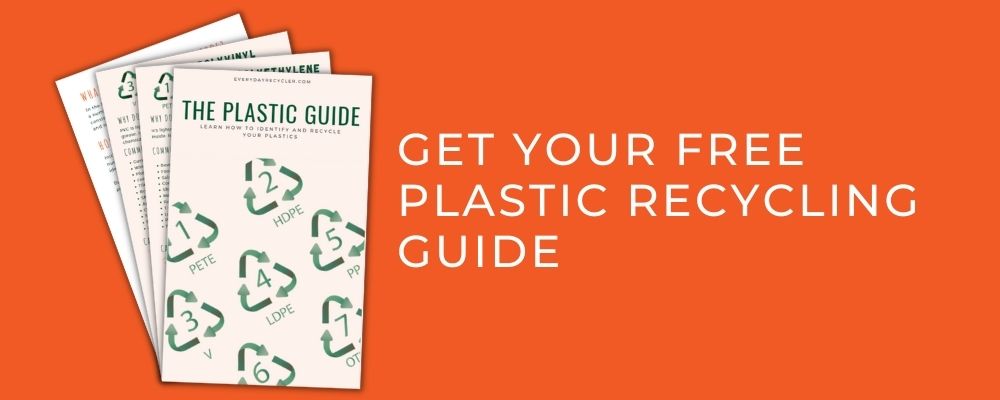
Why do we use it?
Polyethylene terephthalate or PET is common for good reason. It is a highly versatile material, and it’s lightweight, safe, and easy to recycle. The properties that manufacturers love about PET are:
- It provides a good protective barrier and can resist micro-organisms.
- PET has good chemical resistance meaning it will not react with foods and beverages stored inside.
- It is very strong and will hold its shape, protecting the substances inside.
- It’s lightweight, making it economical for packaging.
- It can be very clear and smooth – easy to see what’s inside, or it can be colored easily.
- It can be reused and recycled.
Items made from polyethylene terephthalateplastic
Some everyday items made of PET that you might recognize are:
- Beverage bottles
- Food jars like peanut butter
- Salad bottles
- Cooking oil containers
- Shampoo & conditioner, soap, and other personnel care products
- Pharmaceuticals and medical supplies
- Bean bags
- Rope
- Carpet
- Pillow and sleeping bag filling
- Textile fibers such as our clothing, linens, and other fabric items
- Plastic Water Bottles
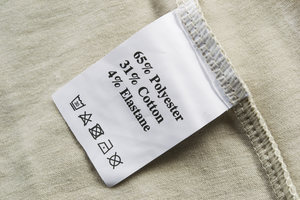

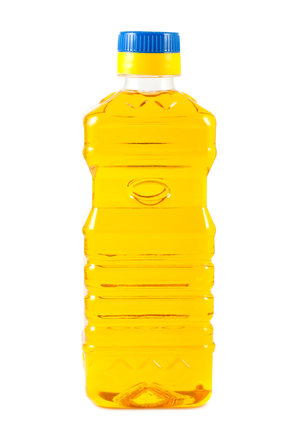
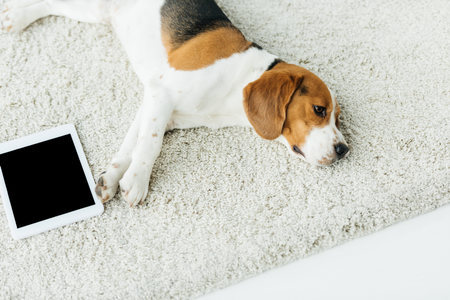
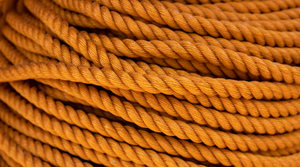
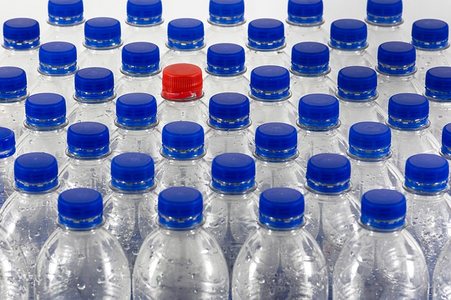
Ways to reduce and reuse PET plastic?
There are many things that you can do to reduce the amount of PET plastic that you use. Here are some ideas:
- Use soap and shampoo bars instead of bottles.
- Take a reusable water bottle with you.
- Make your own salad dressings or other foods and reuse containers you already have. This not only reduces your plastic use but is healthier too.
- If you do need to buy plastic bottles, make sure you look for those made using recycled content.
- Donate good-quality clothing you no longer want to your local charity for reuse.
Can polyethylene terephthalate or PET plastic be recycled?
YES, polyethylene terephthalate or PET can be recycled.
In fact, it is one of the most recyclable plastics.
PET plastic is accepted in almost all curbside recycling programs. You can also deposit PET plastic bottles at container deposit depots. Always check with your local authority or depot just in case.
How to recycle Plastic number 1 PET?
Plastic number 1 or PET is one of the most recyclable plastics around and therefore it is the most commonly accepted plastic in curbside recycling programs. This is great news for those of us that have access to these services. If you don’t then you can look out for a container deposit depot or find your nearest recycling drop-off center.
Below are the steps for recycling your plastic number 1:
-
- Look for the plastic number 1 code on the item, usually on the bottom.
- Check with your local curbside service or your recycling drop-off center to be sure they accept the material.
- Clean excess food or drain out any liquid.
- Place it in your curbside recycling bin or take it to a container deposit depot or recycling center.
- Remember that your curbside recycling or drop-off center will most likely only accept plastic bottles and containers. That means you should not put any of the following items in your bin: clothing, rope, bean bags, carpet, and other fabric materials.
Although we explained above that polyester clothing is also made from PET, you cannot put clothing into your curbside recycling pickup.
There are a couple of reasons for this. Firstly, a lot of time and effort has gone into producing the clothing, so it makes more sense for it to be reused by someone else. Secondly, clothing will clog up and get caught in the machinery at recycling facilities. If the clothing’s in good condition, donating it to your local charity is best. You can learn more in Clothes Recycling: How to Recycle Clothes Sustainably.
The same rule applies to rope, carpets, and other items such as sleeping bags. You can check if there is a specialist recycler, there are a few around for carpets. Hopefully, recycling clothing and other fabric items will become more readily available as companies move to a more circular model.
Some great examples of this are Patagonia and MUD Jeans, learn more in What do Patagonia Worn Wear and Swedish Stockings have in common?
What is recycled PET made into?
There are many claims that PET plastic never makes it back as a new PET bottle. Fortunately, over the last decade, technological innovation has managed to change this fact. PET can be recycled and made into food-grade materials, including plastic bottles.
The France Plastiques Recyclage (FPR) joint venture Group, which includes Suez recycling, opened its first PET bottle recycling unit back in 2009 in France. The plant manufactures food-grade packaging from recycled PET plastics. The more interest we all take in recycling these materials, the more processes will improve, resulting in PET being recycled as often as aluminum or glass.
Your PET is often recycled into the following items:
- Textiles
- Fleece jackets
- Carpets
- Stuffing
- Storage containers
- Boat sails
- Shoes
- Auto parts
Great products made from Recycling PET
There are new products popping up all the time. Check out 8 great products made from recycled ocean plastic.
You can find many brands that use recycled PET and other recycled materials in our BRAND DIRECTORY. I have listed some of our favorite recycled PET items below.
Solgaard
Solgaard has partnered with The Plastic Bank to help tackle ocean pollution. For every purchase Plastic Bank will clean plastic from the ocean and upcycle it into useful products. Creating local jobs for the teams in the Phillippines and reducing plastic pollution.
Solgaard design their luggage with sustainability in mind. However, their designs have some other pretty cool features. They have solar panels on their backpacks and USB charging ports in their luggage and even secret compartments for your passports and cards.
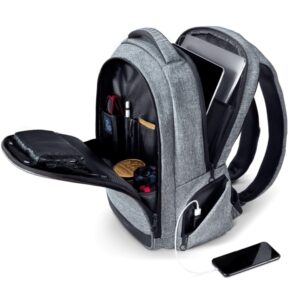

Tentree
Tentree makes earth-first essentials made from organic and recycled materials including recycled polyester, as well as Tencel, hemp, and organic cotton. Their products range from loungewear to activewear for women, men, and your little ones. Think hoodies, casual pants, t-shirts, and stylish jumpsuits.

The sustainable no fuss jumpsuit.

What happens when PET is not recycled?
Certain types of bacteria have been discovered that will break down plastic and research is ongoing as to how we might use these. Still, the best thing is to recycle the plastic so that we can get more use out of the material after making the effort and using the energy to extract it from the earth.
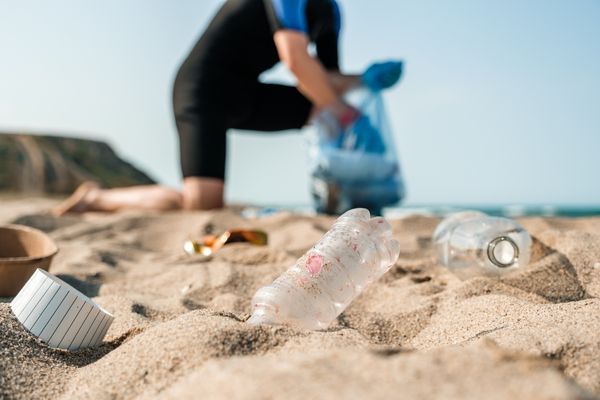
Summary
PET is the most common plastic because its properties make it an extremely useful material. PET is also very recyclable. It is almost certain that if you have a curbside recycling program that it will include plastic number #1, PET. So, make sure you recycle all your PET plastics, it’s easy.
- Look for the number 1 in the chasing arrows symbol to identify your number one plastics.
- Be sure to clean out any food from your containers and place them in your recycling bin.
- Keep clothing and other unusual items such as carpet and ropes out of your curbside pickup.
- If you do not have a curbside recycling program then see if you have access to a container deposit depot.
Reduce, reuse and then recycle, recycle, recycle your PET. 😊
If you want to know about the other Plastic recycling codes check out these articles :
- Buffington, Jack. (2018), Peak Plastic: The Rise or Fall of Our Synthetic World, ABC-CLIO
- Freinkel, Susan. (2011), Plastic, A Toxic Love Story, Melbourne Australia, The Text Publishing Company
- Sustainability
- Sustainability & Recyclability, PET Resin Association
- 2016, Everything you Need to Know About The World’s Most Useful Plastic (PET and Polyester), Creative Mechanisms
- Polyester, How Products Are Made
- Suez, 2009, PET ‘bottle to bottle’ recycling unit, sustainabilitymatters.net.au
- William Harris, How long does it take for plastics to biodegrade?, howstuffworks.com
- 2019, At Limay in France, SUEZ manufactures plastic food packaging from recycled PET plastics, Suez









